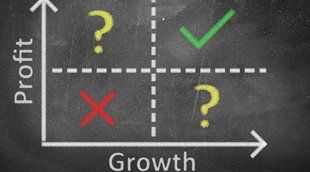Tax incentives for small businesses this tax time
As lodgement time once again approaches, business owners should be aware of the key changes in the 2023-24 tax return which may benefit their bottom line in the form of paying less tax. Specifically for small businesses, there are 2 incentives available for certain costs incurred in the 2023-24 income year: the small business instant asset write-off and the small business energy incentive. Small business instant asset write-off The small business instant asset write-off applies to entities with an aggregated annual turnover of less than $10m. It allows those entities to immediately deduct the full cost of eligible depreciating assets costing less than $20,000 that were first used or installed ready for use for a taxable purpose between 1 July 2023 and 30 June 2024. It should be noted that the threshold of $20,000 is not cumulative and applies on a per-asset basis. Eligible entities will thus be able to instantly write off multiple assets that fall under the threshold, provided other conditions are met. In addition, eligible small businesses will be able to immediately deduct an eligible amount included in the second element of a depreciating asset’s cost (eg cost of improving the asset). Currently, there is a Bill before Parliament to extend the $20,000 instant asset write-off by 12 months until 30 June 2025. This Bill has not been passed and is not yet law, so at this stage, the small business instant asset write-off only applies to assets first used or installed ready for use for a taxable purpose between 1 July 2023 and 30 June 2024. Small business energy incentive The small business energy incentive applies to entities with an aggregated annual turnover of less than $50m. Eligible entities will get access to a bonus 20% tax deduction for any new assets or improvements to existing assets that support more efficient energy use. Eligible assets must be first used or installed ready for use between 1 July 2023 and 30 June 2024. This timeframe also applies to any eligible improvements. Up to $100,000 of total expenditure can be claimed under the incentive, with the maximum bonus deduction being $20,000 per business. According to the ATO, while this incentive covers a range of assets and expenditure, certain expenditure cannot be deducted including: assets and expenditure on assets that can use a fossil fuel; assets and expenditure on assets that have the sole or predominant purpose of generating electricity (eg solar panels); capital works; motor vehicle and expenditure on motor vehicles; expenditure allocated to software development pools; and financing costs. In addition to these 2 small business specific incentives, Australian companies of all sizes may be able to claim the digital games tax offset (DGTO). The DGTO is a refundable tax offset which allows eligible companies that develop digital games in Australia to claim 30% of their total qualifying Australian development expenditure incurred on or after 1 July 2022. A cap of $20m applies per company, per income year and the company will need to obtain one or more certificates from the Minister of the Arts to be eligible.



